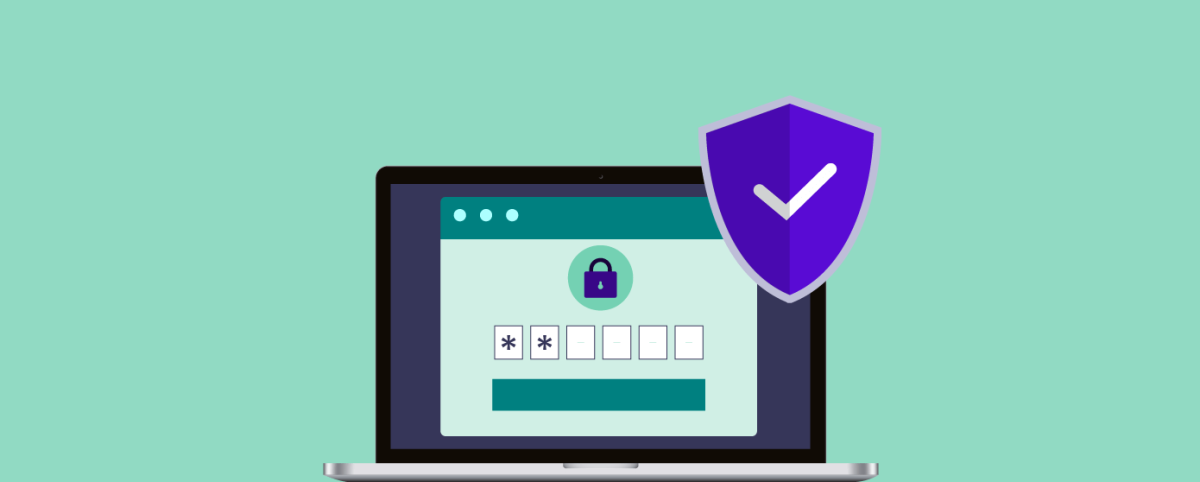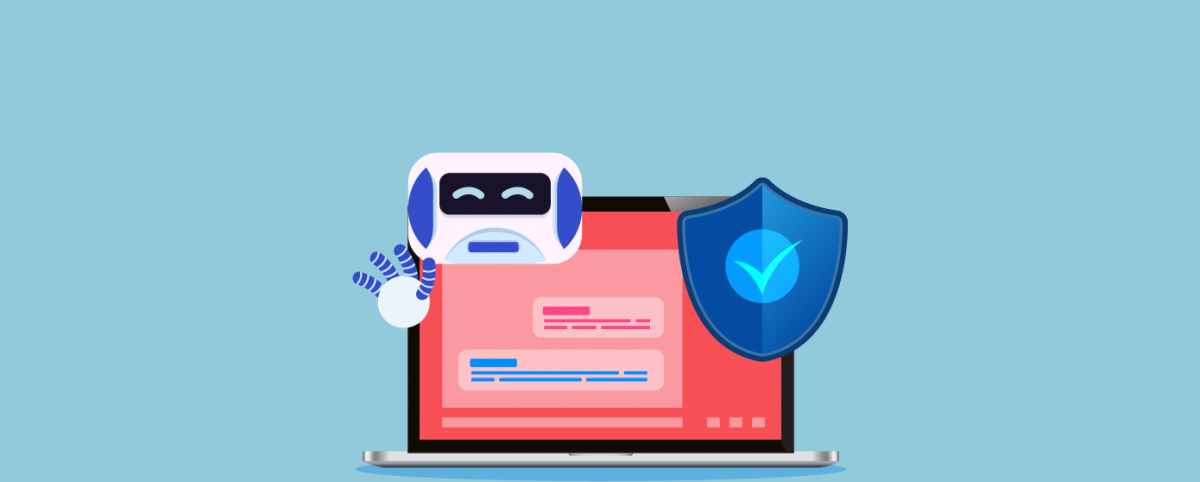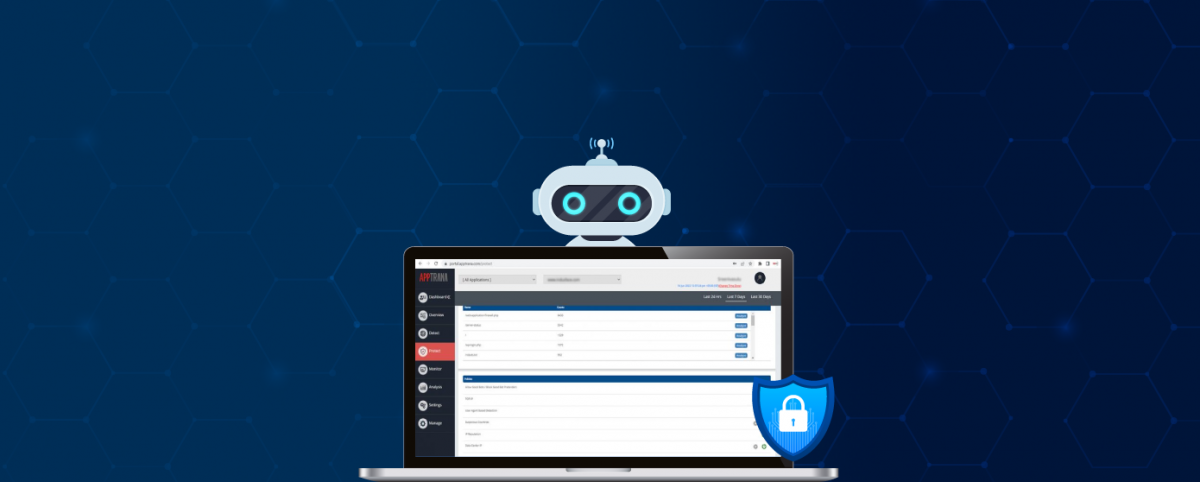10 Botnet Detection and Removal Best Practices
Botnet attacks, also known as zombie armies, involve hijacking internet-connected devices infected with malware, controlled remotely by a single hacker.
These attacks can reach immense scales, as demonstrated by an incident where 1.5 million connected cameras were exploited to overwhelm and take down a journalist’s website.
With the IoT market projected to reach 75.4 billion devices by 2025, the importance of robust botnet detection and removal for digital safety becomes increasingly critical.
How Do Botnets Affect Your Business?
Botnet attacks have an extreme impact beyond immediate financial losses, underlining the critical need for robust cybersecurity measures to detect and remove them.
Dynamic Adaptation
Botnets employ dynamic adaptation techniques to evade detection and mitigation efforts. This includes changing communication patterns, using encryption to conceal command traffic, and regularly updating malware code to exploit new vulnerabilities.
Rent-a-Bot Services
Cybercriminals create bot armies for launching DDoS attacks, spam campaigns, and other malicious activities that can disrupt your website and steal data. Shockingly, these attacks are easily accessible via rental services. Full-service attacks can be as affordable as $5 per hour, with monthly plans averaging $38.
Monetization
Botnets are monetized in various ways. Cybercriminals may rent them for specific attacks, sell stolen data from compromised devices, or generate revenue through click fraud or cryptocurrency mining.
The recently discovered Gorilla Botnet has gained attention for its sophisticated evasion tactics and large-scale attacks, adding complexity to botnet threats.
Global DDoS and Botnet Statistics 2024
Ensuring your business applications remain operational is crucial for maintaining your brand’s reputation, which hackers target through DDoS attacks. The unpredictability of these attacks complicates preparation efforts, further motivating criminals to act.
Here are recent examples of bad bots disrupting major businesses:
- To execute a DDoS attack, botnets typically target a single server with requests originating from various locations. Globally, over 15 million “DDoS weapons” or infected IP addresses are circulating for these attacks.
- Mirai remains the most common malware used to create DDoS botnets, although other variants exist.
- In 2023, DDoS attacks surged significantly, with AppTrana over 1.45 billion attacks in Q3—an increase of 67% compared to Q2, 2023.
- Notably, Q3, 2023 witnessed a marked rise in low-rate HTTP DDoS attacks orchestrated by botnets.
- The Dark Web Price Index 2022 indicates that a 24-hour DDoS attack with 20-50k requests per second can cost attackers as little as USD 200.
- Botnet maintenance costs, influenced by device infection expenses, impact attackers’ pricing dynamics. For instance, a botnet of 1000 cameras may be more cost-effective due to IoT devices’ often underestimated security vulnerabilities.
- In Q3, 2022, the average duration of a DDoS attack was a brief 390 seconds. These shorter burst-style attacks are employed more frequently to test the victim’s defenses.
- A Ponemon Institute study revealed that during a DDoS attack, every minute of downtime costs $22,000.
- Post-attack restoration of services and operations can cost small or midsize businesses $120,000.
Best Practices to Detect and Mitigate Botnet Attacks
1. Understand Botnet Infiltration
It’s crucial to understand how botnets infiltrate systems and take control for malicious purposes. Your device can become infected when visiting a malicious site that automatically downloads malware without your knowledge.
Alternatively, downloading files from seemingly trustworthy sources, such as email attachments, can unknowingly introduce malware, acting as trojans.
Botnets also exploit unprotected devices, ranging from baby monitors to computers, accessing them through weak passwords.
Even harmless devices like internet-connected toasters can quickly be infected with botnets, leading to major cyberattacks.
2. Be Aware of Botnet Attacks
Instead of being blindsided by an unexpected zombie botnet attack, you can spare a few minutes each week to stay informed about identified botnets named by security experts.
Savvy tech users and programmers often share information about the latest botnets online.
Stay updated and learn about recent botnet attacks through reputable sites like Wired, CNET, or SearchSecurity. These tech publications and forums regularly update their content with the latest insights. For instance, Zeus botnets are notorious Trojan horses targeting Windows systems to steal banking information.
3. Look for the Symptoms
It can be challenging to detect a botnet takeover immediately. Hackers often operate covertly, gathering information or setting up future attacks without raising suspicion until it’s too late.
Look out for these signs of potential botnet activity:
- Unusual Network Traffic Patterns: Keep an eye on unexpected spikes in network activity, which could signal botnets attempting to communicate or execute malicious actions within your network.
- System Performance Slowdown: If your systems suddenly slow down or experience unexplained sluggishness, it could indicate the presence of a botnet.
- Difficulty Accessing Business Services: Employees facing difficulties accessing critical websites or services may be experiencing network disruptions caused by a botnet.
- Strange Emails from Business Accounts: Investigate reports of unusual emails containing suspicious links from your business accounts, as these could be attempts by botnets to spread malware.
- Employee Concerns: Pay attention to employee reports of unusual activities or unexpected behavior in emails or system operations, as these could be early signs of a botnet infiltration.
- Unexpected Service Outages: Frequent and unexpected disruptions to your business services or website availability may indicate a botnet overwhelming your infrastructure.
Being vigilant and promptly investigating any suspicious signs can help mitigate the impact of botnet attacks on your business’s operations and security.
4. Reset Your Device
Resetting your device to remove a botnet can be straightforward despite its potential for damage.
Here’s how to proceed:
- Backup Your Data: Safeguard your important data by backing it up to the cloud before taking any action.
- Reset to Factory Settings: Clean your device by resetting it to its factory settings. This step can often eliminate botnets like Mirai.
- Reset Routers and Equipment: Reset your routers and other wireless devices to ensure they are also cleared of any potential botnet infections.
- Change Default Passwords: Secure your devices further by changing default passwords to strong, unique ones.
- Monitor for Unusual Activity: Stay vigilant by monitoring for any unexpected behavior on your devices, which could indicate a botnet reinstalling itself.
By taking these proactive steps, you can effectively detect and prevent botnets from compromising your device and data security.
5. Restrict Access
Your devices require enhanced protection to mitigate botnet attacks and ensure system security, particularly for businesses with multiple devices used by employees who frequently connect to public wireless networks.
Strengthen your web application firewall settings and rules to limit inbound and outbound network traffic that could be harboring malware.
Businesses handling sensitive data and utilizing cloud services should implement stringent access controls. Consider restricting access to company devices, specifying which apps and websites can be accessed, and controlling the type of internet connections permitted.
In some instances, it may be necessary to mandate the use of workplace-only devices within office premises and enforce stricter protocols for internet usage to bolster overall security measures.
6. Use Strong Device Authentication
The most sophisticated hackers often rely on brute force to exploit weak passwords and gain access to devices.
Despite repeated warnings about the importance of strong passwords, many people continue to reuse weak passwords or neglect to update default passwords provided with their devices.
According to Wired, “123456” remains one of the most popular passwords, which requires virtually no effort to crack.
Strong device authentication isn’t just a best practice; it’s crucial for online security.
7. Use a Proxy Server
When defending against botnets, it’s typically necessary to employ multiple techniques simultaneously to safeguard your devices. Changing passwords and maintaining vigilance in detection are just parts of the process. Additionally, utilizing tools like a proxy server can be highly effective.
A proxy server acts as an intermediary device or computer through which your internet requests are routed, adding a layer of protection by masking your IP address. Directing outbound traffic through a proxy server allows for better monitoring and control of web access, helping to mitigate encounters with botnets. Explore detailed explanations of how proxy and reverse proxy work.
8. Install Patches
Your devices, apps, and operating systems constantly prompt you to update for a reason. New patches aren’t just a “nice to have”; they’re essential for your digital security.
Hackers often exploit known vulnerabilities to create worms and infiltrate systems. Device manufacturers release patch updates to counter known hacks or botnets targeting devices.
Ensure you regularly update your devices, software, and apps. Stay informed about the latest app vulnerabilities affecting your systems and business. It’s also crucial to conduct vulnerability testing to identify potential entry points for hackers.
9. Get Professional Monitoring
While you can manage your digital security, staying updated on the latest hacks and industry news isn’t always feasible. Running a business shouldn’t mean constantly fending off hackers.
If time constraints limit your ability to safeguard your systems, consider a professional monitoring service. They specialize in detecting, deflecting, and restoring your systems in case of a botnet attack. Choose a service known for proactive botnet traffic monitoring and prevention.
10. Leverage Bot Management Software
Bot management software proactively defends against botnet threats. It uses advanced techniques to identify, reduce, and eliminate botnets, protecting digital assets from malicious activities.
Advanced Anomaly Detection – Bot management software uses sophisticated algorithms to analyze network traffic and user behavior. By identifying deviations from established norms, like sudden traffic spikes or abnormal access patterns, the software triggers alerts for further investigation.
Signature-Based Mechanisms – The software maintains an up-to-date database of known bot signatures and patterns. Regular updates ensure it can recognize new threats, identifying malicious activities indicative of botnets.
Command and Control (C2) Server Detection – Identifying and blocking suspicious C2 server communication is key. Continuous monitoring of DNS requests, IP addresses, and communication patterns helps detect and disrupt connections to command-and-control servers early on.
Behavioral Analysis and Machine Learning – The software adapts to evolving botnet tactics by leveraging behavioral analysis and machine learning. It uses heuristics and historical data to proactively identify new threats based on behavioral anomalies, reducing false positives.
Rate Limiting – Enforcing rate-limiting measures controls the frequency of requests from specific IP addresses. Unusual spikes in activity trigger alerts for further investigation without immediately flagging the traffic as malicious, thus reducing false positives.
Real-Time Monitoring Capabilities – Real-time monitoring is crucial for effectiveness. Instant alerts and detailed reporting enable swift identification and response to potential botnet activities, enhancing situational awareness and proactive threat management.
Honeypots and Decoys – Strategically deploying honeypots and decoys within the network adds an intelligence layer. These virtual systems attract and detect bot activities, providing insights into emerging threats and enhancing overall threat intelligence.
User Behavior Monitoring – Integrated with identity and access management systems, user behavior monitoring boosts the software’s ability to detect and respond to potential botnet infiltrations. Monitoring access patterns and unusual activities swiftly responds to deviations from normal user behavior.
Discover the best bot management software for detecting botnets in our detailed comparison.
Botnet Detection and Removal with AppTrana WAAP
AppTrana WAAP’s bot mitigation solution is the cornerstone, integrating these best practices into a proactive defense strategy. Through a synergy of behavioral analysis, machine learning, User-Agent verification, IP reputation checks, challenge-response mechanisms, and rate limiting, AppTrana WAAP creates a robust shield.
This blend of cutting-edge technologies accurately identifies and prevents botnet threats and effectively minimizes false positives. By staying adaptive to evolving attack patterns and incorporating real-time verification measures, AppTrana WAAP offers a holistic solution, ensuring the resilience and security of web applications in the face of dynamic and persistent bot-driven threats.
Stay tuned for more relevant and interesting security articles. Follow Indusface on Facebook, Twitter, and LinkedIn.


 June 28, 2024
June 28, 2024







